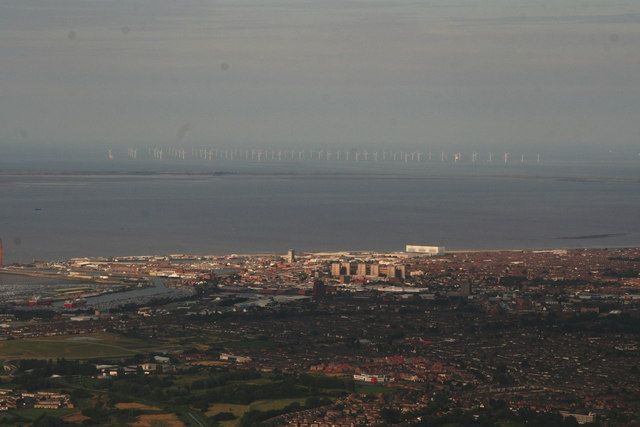Grimsby: A surprise trendsetter in UK renewables
The town in the north of England is currently generating more renewable energy than anywhere else in the country.

The town in the north of England is currently generating more renewable energy than anywhere else in the country.
Previously with a reputation as the UK’s centre of fishing, Grimsby now plays host to the largest offshore wind farm cluster on the continent. This has helped to create an environment where an impressive 28% of its electricity usage coming from renewable sources.
Renewable energy has given the town a new lease of life, having suffered from somewhat of a depression since the dying down of the local fishing industry. Now, however, as the centre of renewable power, and with wind, biomass, solar and landfill gas all contributing to its supply, it has been reborn.
It’s not only by a small margin that Grimsby is leading the way either. Indeed, its nearest rival, Doncaster, is 9% behind, in terms of the share that renewable energy contributes to its electricity usage, at 19%. London’s 0.06 per cent is barely worth a mention and 1.4 per cent and 6.8 per cent in Birmingham and Manchester, respectively, continue the poor performance in the larger cities.
It may seem like an unusual destination to hold the green crown in the UK. There are, however, a number of key factors as to why it shouldn’t be so surprising.
Firstly, its coastal location puts it within close proximity of numerous offshore wind farms, and this has generated one and a half thousand new jobs. The vast majority of employment in this sector has been in turbine maintenance, with the historic fishing industry meaning that many have the necessary sailing skills.
Although the power generated from these farms is not included in the research and does not, therefore, have any direct impact on the high renewable usage in Grimsby, it has certainly raised awareness of the role renewable energy can play. As a result of this, the proportion of households using solar panels at home, for example, is far higher than it otherwise would have been.
Further on from this, the wind farms in the area have also brought new people to the town, many from Denmark, and this has created a new and positive environment. Renewables take centre stage in this optimistic community and thus its growth, even on a localised scale, is sizeable.
Quite simply, the people of Grimbsy have seen, in the renewable energy sector, a new hope and they want to do whatever they can to support it. The industrial history of the town catalyses this further and now many green campaigners see this once innocuous northern town as a beacon of hope and a trendsetter for UK renewables.




